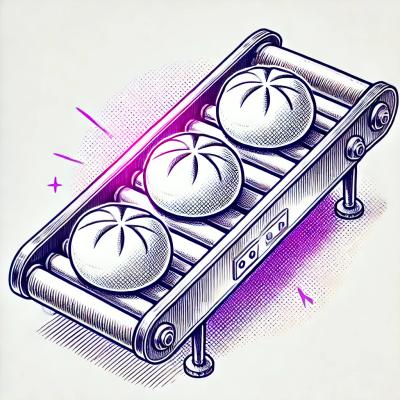
Security News
Node.js EOL Versions CVE Dubbed the "Worst CVE of the Year" by Security Experts
Critics call the Node.js EOL CVE a misuse of the system, sparking debate over CVE standards and the growing noise in vulnerability databases.
gulp-juice-concat
Advanced tools
Pipe a list of html and css files and get out html files with inline css
Pipe a list of Vinyl objects and get out some inline CSS
Check the Gulpfile included for an example.
Or, just look here:
var gulp = require('gulp');
var juice = require('gulp-juice-concat');
gulp.task('juice', function(){
gulp.src(['./test/**/*.html'])
.pipe(juice({}))
.pipe(gulp.dest('./.build'));
});
Additionally, the plugin can accept CSS files through the pipe. If a file is provided, it will be used before the plugin tries to look for it in the filesystem. This means you can pipe in virtual files that have been run through other gulp tasks, like so.
var juice = require('gulp-juice');
var gulp = require('gulp');
var sass = require('gulp-sass');
var gulpFilter = require('gulp-filter');
gulp.task('juice', function(){
var sassFilter = gulpFilter('**/*.scss', {restore: true});
gulp.src(['./test/**/*.{scss,html}'])
.pipe(sassFilter)
.pipe(sass().on('error', sass.logError))
.pipe(sassFilter.restore)
.pipe(juice({}))
.pipe(gulp.dest('./build/bootloader'));
});
Previously you would enter in a CSS and HTML array and it detected the type based on the extension. This is no longer how it works. Now, you just enter the HTML array and it detects the styles you want by looking at the <link> and <style> tags in the HTML document provided. It resolves the path using the directory of the HTML as a base directory (maybe I will make it so this can be reconfigured) and reads those files and injects their CSS into the document.
This means there is no more inject tag
Easy as that. Pipe HTML files in and it will find the css you're looking for (or try at least).
If you're using a pre-processor, make sure the paths in the HTML files have been updated before you pipe it into the juicer. This thing takes CSS, not SCSS or LESS.
You can pass in any options you would pass into juice in the configuration of the plugin. There are no other options at this time.
FAQs
Pipe a list of html and css files and get out html files with inline css
We found that gulp-juice-concat demonstrated a not healthy version release cadence and project activity because the last version was released a year ago. It has 1 open source maintainer collaborating on the project.
Did you know?

Socket for GitHub automatically highlights issues in each pull request and monitors the health of all your open source dependencies. Discover the contents of your packages and block harmful activity before you install or update your dependencies.

Security News
Critics call the Node.js EOL CVE a misuse of the system, sparking debate over CVE standards and the growing noise in vulnerability databases.

Security News
cURL and Go security teams are publicly rejecting CVSS as flawed for assessing vulnerabilities and are calling for more accurate, context-aware approaches.

Security News
Bun 1.2 enhances its JavaScript runtime with 90% Node.js compatibility, built-in S3 and Postgres support, HTML Imports, and faster, cloud-first performance.